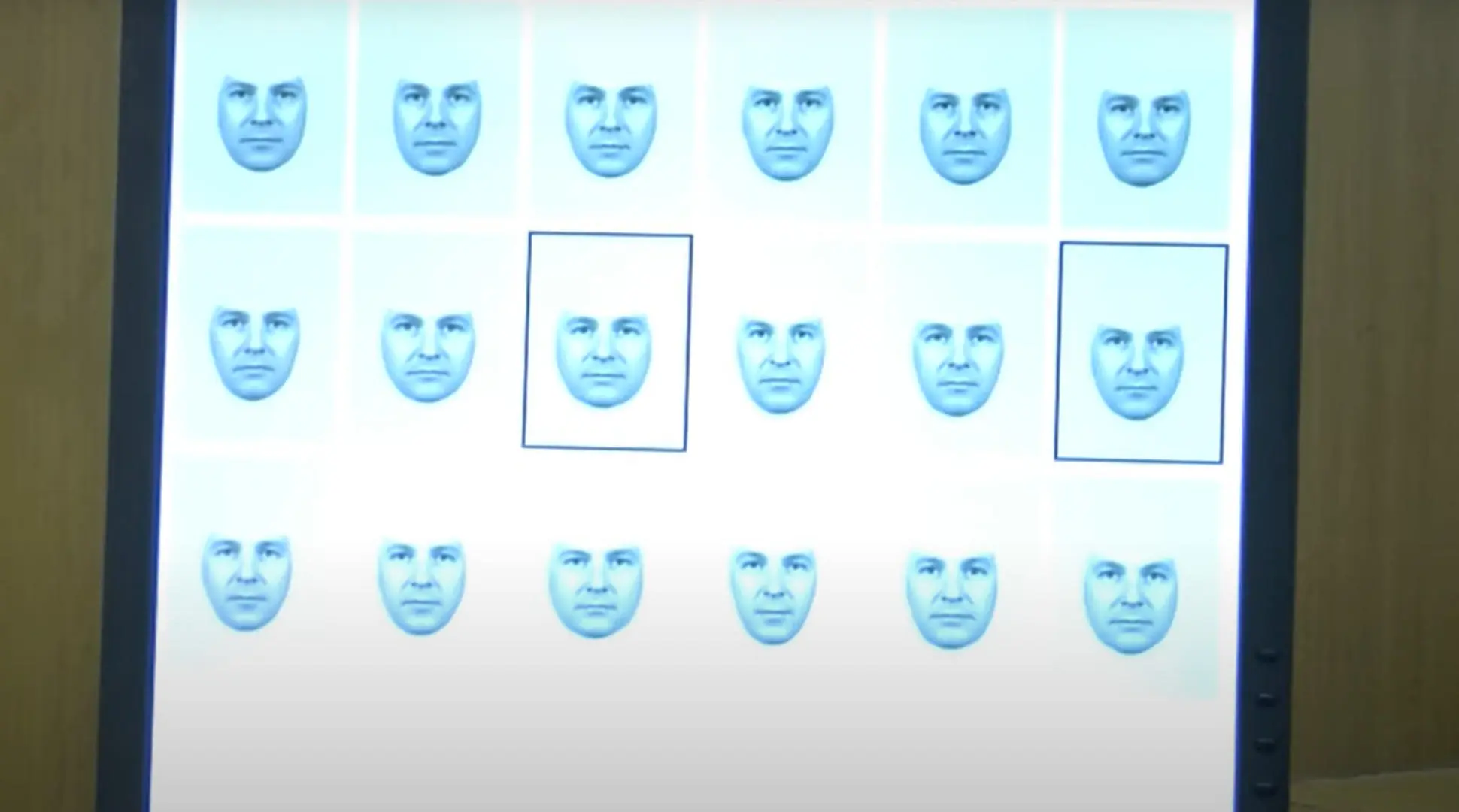Police artists have traditionally worked with eyewitnesses to draw a likeness of perpetrator’s face, pictures that are often shown in the media for members of the public to identify. Research has indicated that sketches are more effective than composites from traditional ‘feature’ systems (e.g., Frowd et al., 2005, 2015; Laughery & Fowler, 1980). The sketching method would appear to be more holistic (cf. feature) in nature (Davies & Little, 1990), and there is considerably benefit for producing an effective sketch (Frowd et al., 2015; Laughery & Smith, 1978).
In the current project, techniques are assessed with the potential for improving the effectiveness of forensic sketches. In particular, the project considers the importance of recalling the environment in which a face had been seen, for which there is considerable support (Fodarella et al., 2021), as well as the use of reference materials for helping a witness identify appropriate facial features.

Primary goals and objectives
- Development of procedures for optimal creation of forensic sketches.
- Benefit of detailed mental reinstatement of the context (crime scene).
- Optimisation techniques for construction of identifiable composites
Impact
The project reveals that asking a face constructor (an eyewitness) to describe the environment in detail produces a more effective sketch composite (Kuivaniemi-Smith et al., 2018). The project also reveals the importance of using reference materials and face recall.
Related research projects
Helping the police to identify offenders using EvoFIT facial composites
In the fight against serious crime police forces worldwide are using advanced digital technology co-developed with the University’s forensic practitioners.
Friday 27 August 2021Investigating the effect of visual load on EvoFIT facial composites
The research programme is investigating the impact of presentation of faces to eyewitnesses during construction of EvoFIT facial composites.
Strategies for evolving identifiable facial composite images
This programme of research investigates the best strategies to use when evolving a face from long-term memory using holistic facial-composite systems.
Enhancing the effectiveness of facial-composite images
The aim of this programme of research is to understand how to produce more identifiable facial composites by enhancing internal facial features (i.e., the eyes, mouth) using a holistic composite system.
Using detailed environmental recall to enhance facial-composite images
The programme of research aims to improve the effectiveness of facial composites by recalling the environment in which a face was seen, which allows a witness to construct the face of an offender more effectively.
Self-administered procedures for constructing identifiable facial composites
Our research focuses on techniques that allow police to identity suspects through use of composite images produced by witnesses and victims of crime.
Helping people to recognise composites using a facial-composite intervention
The research aims to help the police and members of the public to recognise facial-composite images using a simple facial-composite exercise.

